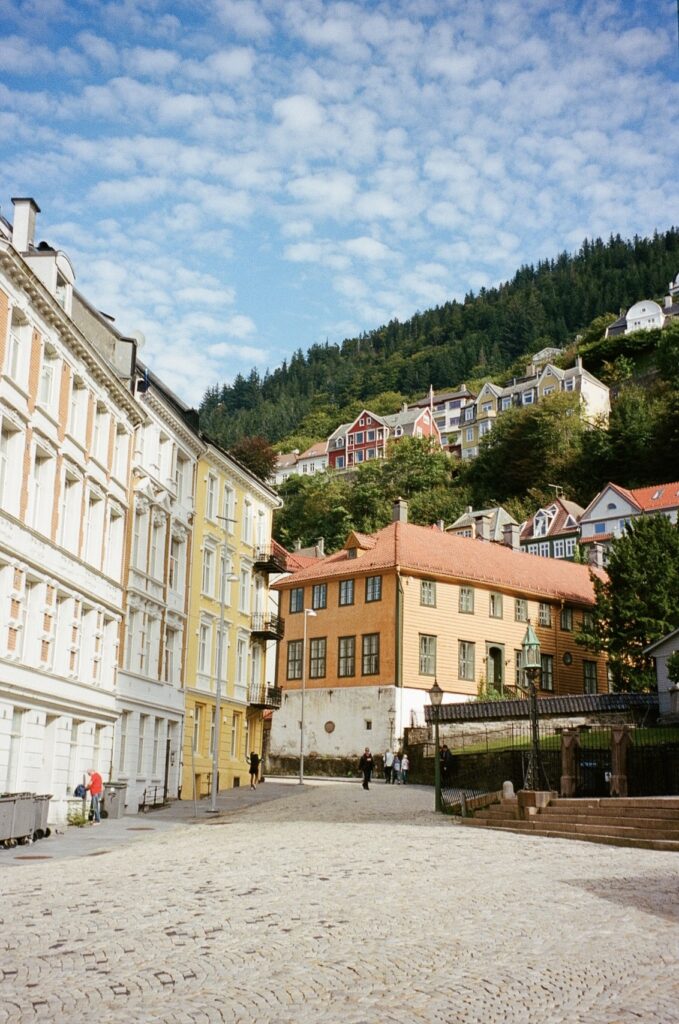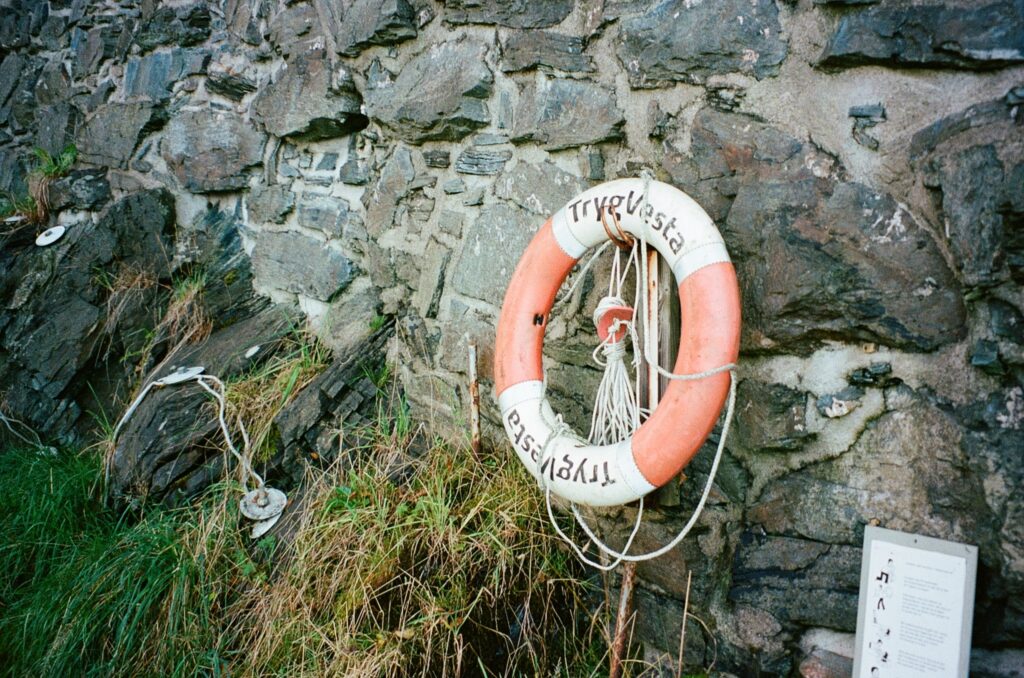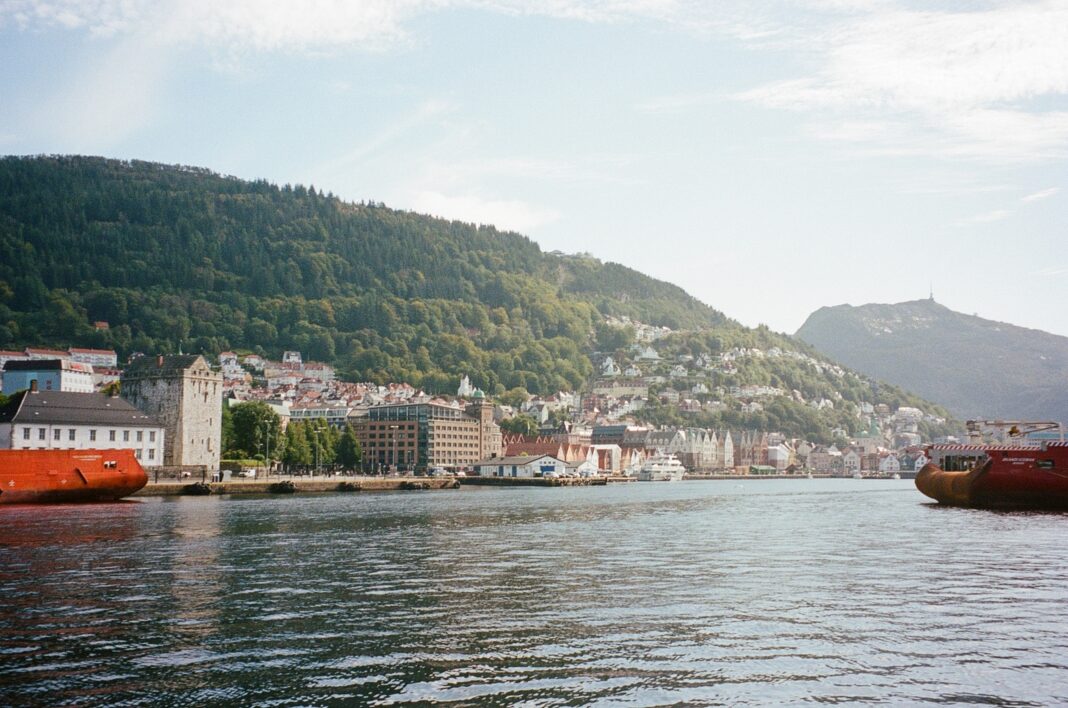Blue-green infrastructure is helping Europe’s rainiest city prepare for increasing flood risks.
The rainiest city in Europe is updating its infrastructure for an even rainier future. Bergen, a fishing city on the western coast of Norway, sees about 97 inches of rain each year. The city has been around since 1070, and for centuries its residents have coexisted with the rain.
But with climate change, the amount of rainfall this city sees is projected to increase, and extreme weather events correlated with heavier rainfall pose serious threats, such as floods and landslides, that even a city accustomed to rain will need to learn to adapt to.
In 2005, Bergen residents woke up to a shock that a hillside in the Hatlestad neighborhood had collapsed due to heavy rain, killing three, injuring seven, and destroying a number of houses.
Natalia Adamczyk, senior engineer at the Climate and Energy Department for Planning, Development, and Climate Adaptation at Bergen Vann, describes the Hatlestad flood as a wake-up call. “In urban planning, this accident started a change of pace in local climate adaptation work as we see it,” Adamczyk says.
Bergen’s climate adaptation measures have largely centered around its stormwater management system. The city is using blue-green infrastructure, which involves utilizing and building with the natural landscape and systems rather than disrupting nature with more concrete waterways. Bergen is integrating stormwater management into its urban planning, and was the first city in Norway to require developers to account for stormwater in their plans.



One example of such integration is the Mindemyren canal. The city has plans to renovate the neighborhood of Mindemyren over the next few years, and part of these plans is to renovate a canal that currently runs underground. The city will build a second, above-ground level for that canal that will serve as a floodway and facilitate fish migration.
The Møllendalselven River Park is another example. In development plans for this park, the city is considering how it can integrate the Møllendalselven River with the surrounding environment. The aims are to improve the quality of the river water and preserve it as a floodway. Planners also hope that the restoration will benefit dwindling sea trout populations.
Bergen is developing these projects with the BEGIN Project, an initiative that joins ten European cities with research institutions to find blue-green infrastructure solutions for extreme weather. Among the other cities involved are Antwerp, Belgium, Kent, England, and Hamburg, Germany. There are similar initiatives around the world that aim to support biodiversity and climate resilience through blue-green infrastructure.
“The biggest concern for the future in relation to stormwater management is whether we manage to design blue-green structures that will actually reduce or mitigate risk,” Adamczyk says. “Success requires coordination and cooperation throughout the public agencies, research and development organizations, and private stakeholders in the municipality.”
But Bergen is trusting that cooperating with nature will give it a better chance at withstanding the deluges ahead.


